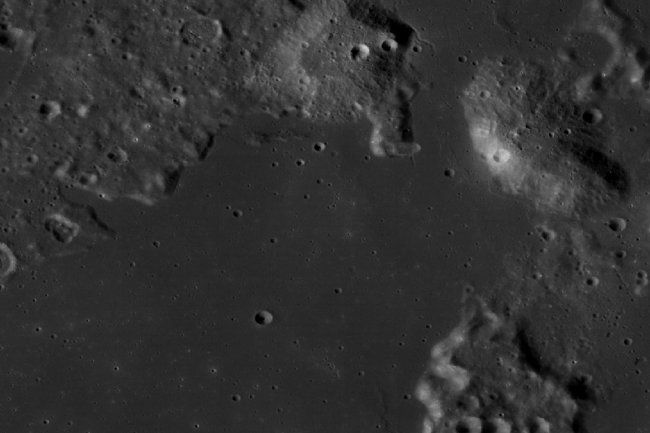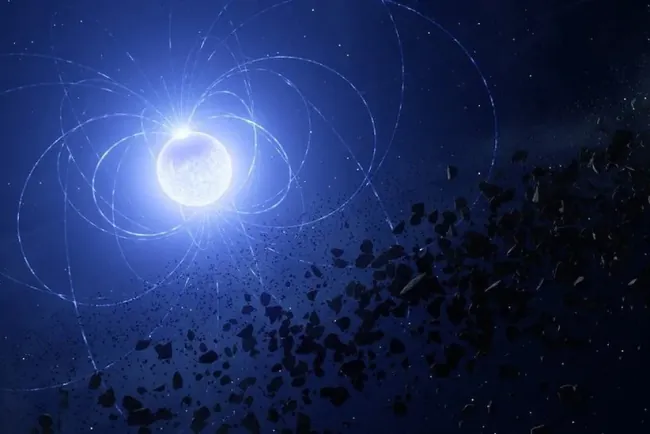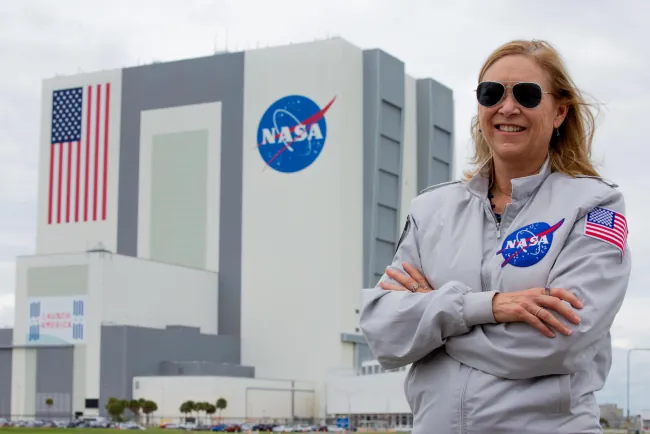James Webb Space Discovers Ancient Galaxy Like the Milky Way
James Webb Space Telescope Discovers Ancient Galaxy Shaping Like the Milky Way
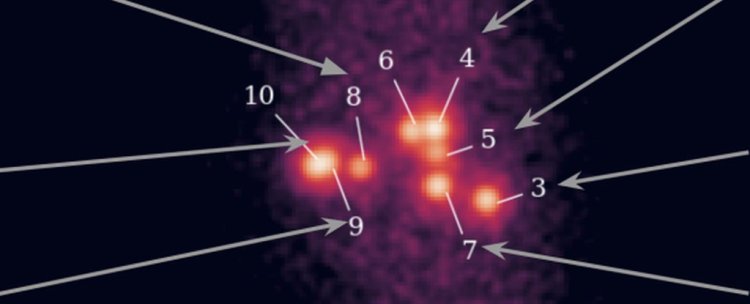
-
Introduction
- Brief overview of galaxy formation
- Importance of JWST in cosmic exploration
-
The Birth of Galaxies
- Early Universe and the formation of star clusters
- Role of mergers in galaxy evolution
-
JWST's Time Machine Abilities
- How JWST sees back in time
- Technological marvels of the JWST
-
Discovering the Firefly Sparkle
- Observations at redshift z~8.3
- Significance of the discovery
-
Understanding the Firefly Sparkle
- Analysis of star clusters in the galaxy
- Comparison with the Milky Way
-
Gravitational Lensing: A Cosmic Magnifying Glass
- How gravitational lensing works
- Its role in discovering distant galaxies
-
Companions of the Firefly Sparkle
- Firefly BF and Firefly NBF
- Potential interactions and their impact
-
Star Formation in the Early Universe
- Starburst phenomena in the Firefly Sparkle
- Clues to galaxy growth
-
The Central Cluster: A Hotbed of Activity
- Temperature and mass function analysis
- Implications for galaxy formation theories
-
The Role of Supercomputer Simulations
- Introduction to Illustris TNG
- Comparing observations with simulations
-
Survival of the Star Clusters
- Tidal forces and cluster stability
- Future of these early clusters
-
JWST's Mission and Future Discoveries
- JWST's goals in understanding galaxy evolution
- Anticipation of future observations
-
Implications for Cosmology
- What the Firefly Sparkle tells us about the Universe
- Broader impacts on the field of cosmology
-
The Legacy of the Firefly Sparkle
- Its place in cosmic discovery
- How it shapes our understanding of galaxy formation
-
Challenges and Limitations of Current Research
- Limitations of observational astronomy
- The need for future missions
-
Public Engagement and the JWST
- How these discoveries impact public interest in space
- Educational opportunities
-
FAQs
- Addressing common questions about the discovery and its significance
-
Conclusion
- Summarizing the importance of the JWST and its findings
- Looking forward to future explorations
Unveiling Cosmic Origins: JWST's Discovery of a Galaxy Growing at the Dawn of Time
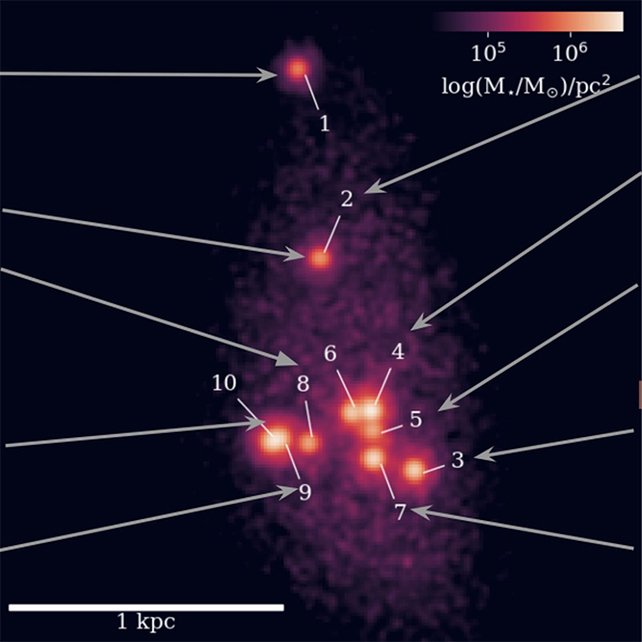
The James Webb Space Telescope (JWST) has revolutionized our understanding of the cosmos, offering unprecedented insights into the early universe. Among its remarkable discoveries is a galaxy, reminiscent of our Milky Way, blossoming in the universe's nascent stages. This article delves into the significance of this find, showcasing how ancient light observed by JWST uncovers the mysteries of galaxy formation.
The Birth of Galaxies
Galaxies like our own Milky Way didn't always exist in their present form. Emerging from the early universe as mere star clusters, these celestial bodies underwent billions of years of mergers and growth. The JWST peels back layers of cosmic time, revealing how these titanic structures began.
JWST's Time Machine Abilities
Possessing the capability to observe the universe when it was merely 5% of its current age, JWST functions as a time machine. Its observations of the distant past shed light on structures that, while now massive, started as minuscule fractions of their current size.
Discovering the Firefly Sparkle
A pivotal paper highlights JWST's observations of a galaxy at redshift z~8.3, dubbed the Firefly Sparkle. This galaxy, observed over 13 billion years after its light began its journey, serves as a prime example of early galaxy formation, containing massive star clusters indicative of burgeoning galactic structures.
Understanding the Firefly Sparkle
The Firefly Sparkle galaxy, with its network of star clusters, offers a window into the assembly of galaxies akin to the Milky Way. This discovery, though in its early stages, provides a unique case study of galactic formation in the universe's youth.
Gravitational Lensing: A Cosmic Magnifying Glass
The distant Firefly Sparkle galaxy becomes visible through the phenomenon of gravitational lensing, which amplifies its light. This method has unveiled not only the Firefly Sparkle but also its neighboring galaxies, providing clues to their interactions and growth.
Star Formation in the Early Universe
Investigations into the Firefly Sparkle reveal simultaneous starbursts within its clusters, suggesting a recent interaction with a nearby galaxy. This interaction likely spurred rapid star formation, a key process in the galaxy's development.
The Central Cluster: A Hotbed of Activity
The central cluster of the Firefly Sparkle, with its extreme temperature and unique mass function, hints at the conditions under which early galaxies formed. This cluster's characteristics suggest a metal-poor environment, crucial for understanding early universe physics.
The Role of Supercomputer Simulations
The Illustris TNG simulations provide a framework for comparing the observed structures within the Firefly Sparkle to theoretical models. These simulations are instrumental in validating the evolutionary pathways of such galaxies.
Survival of the Star Clusters
Despite the destructive forces of tidal interactions and evaporation, some of the Firefly Sparkle's clusters are expected to survive into the current universe. Their evolution will contribute to the formation of the galaxy's stellar disk and halo.
JWST's Mission and Future Discoveries
The JWST aims to unravel the mysteries of galaxy formation and evolution. The discovery of the Firefly Sparkle and its forming clusters underscores the telescope's potential to transform our understanding of the cosmos.
Implications for Cosmology
The Firefly Sparkle's study offers profound insights into the early stages of galaxy assembly, enriching our comprehension of the universe's structure and its developmental processes.
The Legacy of the Firefly Sparkle
This galaxy's observation by the JWST marks a significant milestone in cosmic exploration, illuminating the path for future studies and enhancing our grasp of the universe's formative years.
Challenges and Limitations of Current Research
While the JWST's findings are groundbreaking, they also highlight the challenges in observational astronomy. The need for further missions and technological advancements remains to deepen our cosmic understanding.
Public Engagement and the JWST
The discoveries made by the JWST not only advance scientific knowledge but also captivate public interest, offering educational opportunities and fostering a deeper appreciation for space exploration.
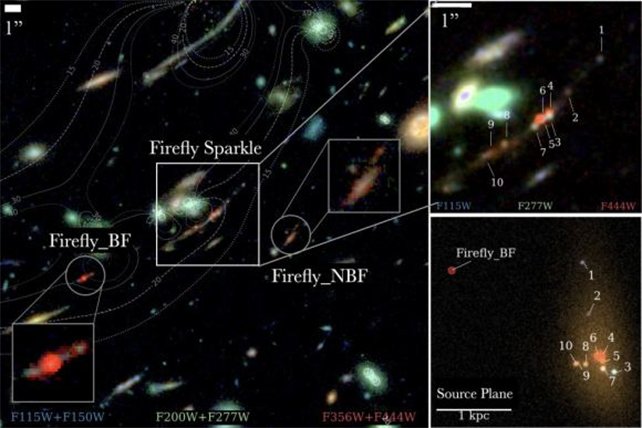
FAQs
- How does JWST observe ancient galaxies?
- What is gravitational lensing?
- How do star clusters inform us about galaxy formation?
- What makes the Firefly Sparkle galaxy significant?
- How do simulations like Illustris TNG contribute to our understanding?
- Can we expect more discoveries like the Firefly Sparkle?
Conclusion
The JWST's observation of the Firefly Sparkle galaxy opens a new chapter in our quest to understand the universe's origins. By peering back over 13 billion years
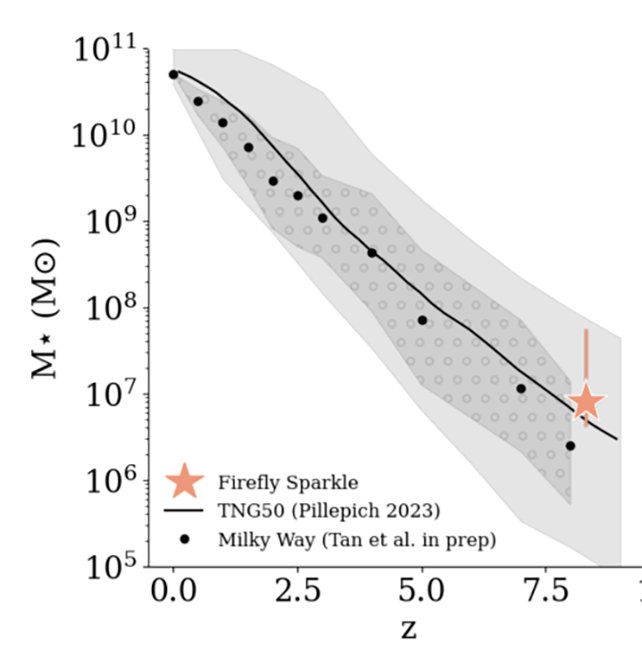
What's Your Reaction?







